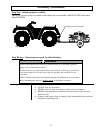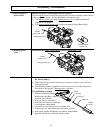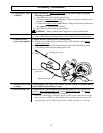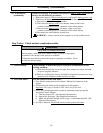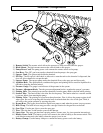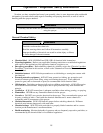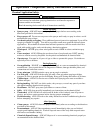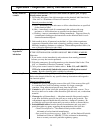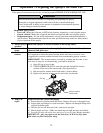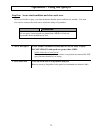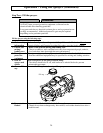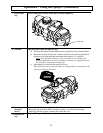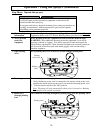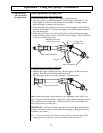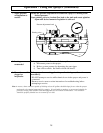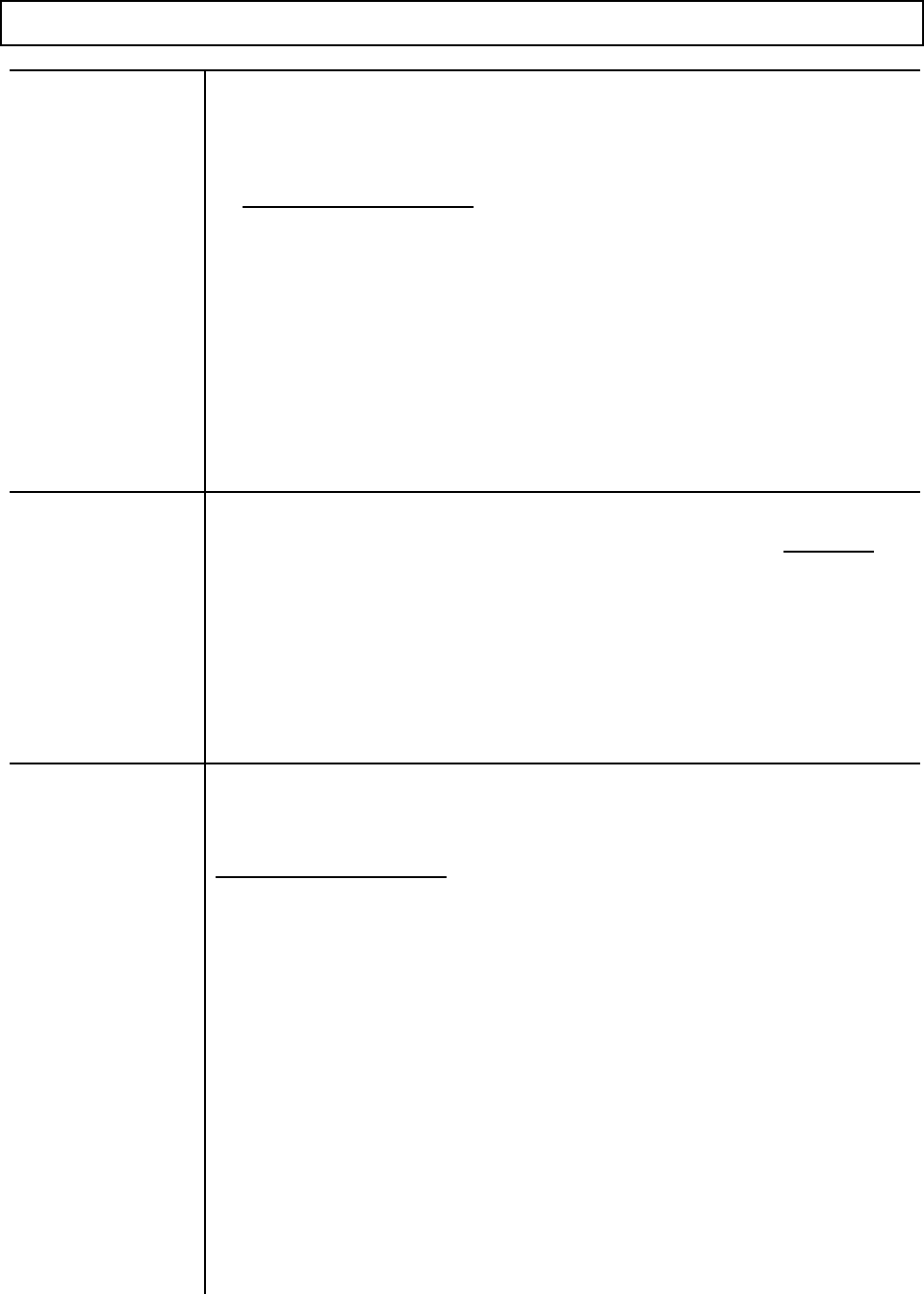
Operation – Important Safety Information (continued)
21
Bodily chemical
contact
Personal contamination can occur when chemicals splash, spill, or spray
di re ctly on to a person .
1. Follow the emergency first aid instructions on the chemical label listed in the
“First Aid” or “Statements of Practical Treatment” section.
General procedures include:
a) Eyes – immediately flush with water or follow other directions as specified
on the chemical label.
b) Skin – immediately wash all contaminated skin surfaces with soap
and water, or follow directions as specified on the chemical label.
c) Clothing – remove contaminated clothing immediately. Dispose of heavily
contaminated clothing per the instructions on the chemical label for safe
chemical/container disposal.
2. Seek medical advice if instructed on the label, or if the victim experiences
symptoms of harmful effects such as burning, swelling, nausea, chest pain,
difficulty breathing, dizziness or confusion. When seeking medical advice, be
sure to bring the chemical product label.
Poisoning by
ingestion or
inhalation
In case of poisoning from ingestion or inhalation:
IF THE VICTIM HAS COLLAPSED OR IS NOT BREATHING, CALL 911.
Otherwise:
1. If you are the victim, immediately seek assistance from nearby personnel
because you may become incapacitated.
2. Follow the emergency first aid instructions on the chemical label in the “First
Aid” or “Statement of Practical Treatment” section.
3. Call a poison control center for further advice. In the U.S., call 1-800-222-
1222 to be automatically linked to the nearest certified poison control
center. Have the chemical label available for reference.
Chemical spills Chemical spills must be quickly contained and properly cleaned up.
Refer to the chemical label for any specific clean-up instructions with regard to
the chemical spilled.
General procedures include:
1. Control the spill by stopping the source of the spill. If the source of the spill
is a container leak, place the leaking container in a larger, watertight
container. Keep unprotected people away from the spill site.
2. Contain the spill so that it does not spread and get into water sources. Use a
shovel or other tool to make a dike around the spill with soil, sod, or absorbent
material.
3. Clean up the spill immediately -- Absorbent materials like ground corncobs
or pet litter should be spread on the spill area to soak up the pesticide. The
contaminated material should then shoveled into a leakproof container. Do
not flush the spill area with water until you receive advice as directed below.
4. Seek additional advice from the chemical manufacturer and your state’s
pesticide regulatory agency regarding decontamination of the spill site:
- Chemical manufacturer. The chemical label provides contact
information for the chemical manufacturer.
- State pesticide regulatory agency. In the U.S., call the National Pesticide
Information Center at 1-800-858-7378 for assistance in determining
how to contact your state’s pesticide regulatory agency.



